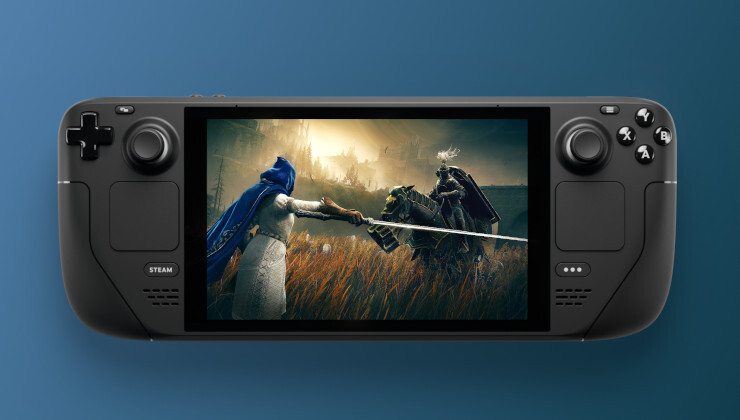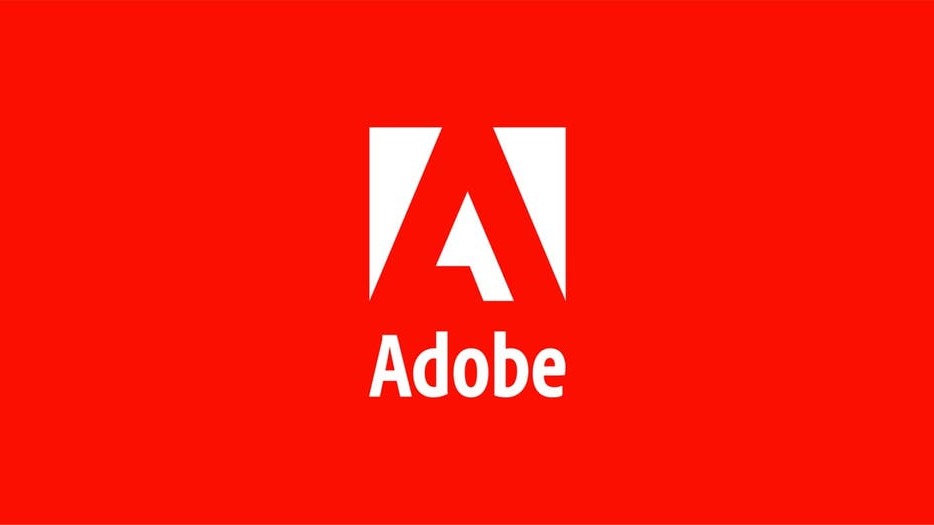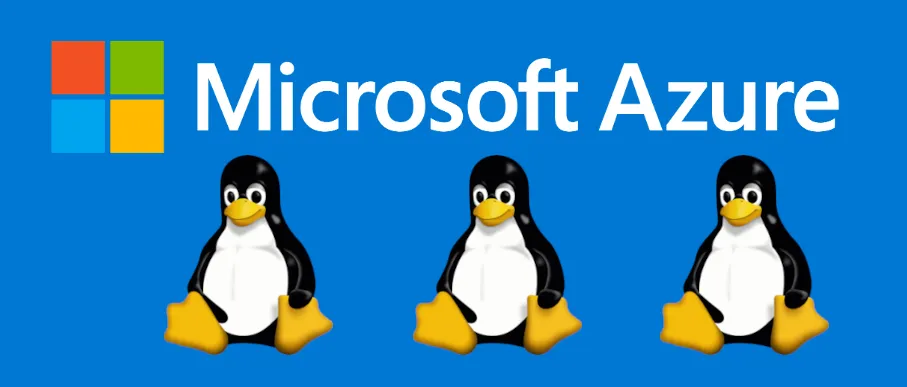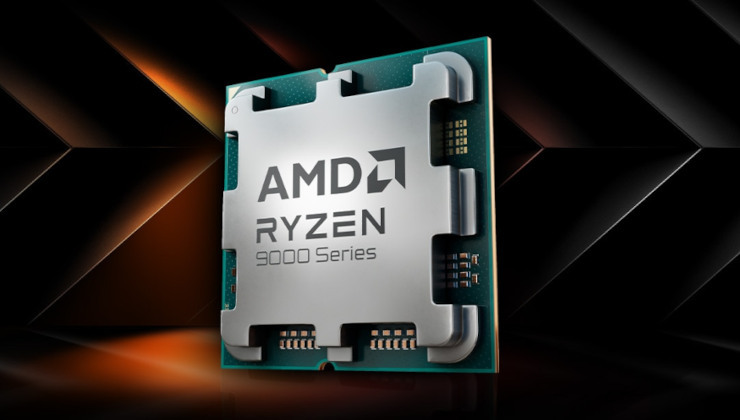If I don’t alt-tab the game doesn’t break.
It’s likely the 560 driver on Wayland being the culprit here. Specifically resizing XWayland windows. You could try running nvidia-smi in a terminal and see what specifically is causing this VRAM spike.
Reports of excessive VRAM usage with the 560 driver on Wayland. See this for a potential fix. Hope it helps












Flatpak’s security and sandbox has gotten much better in recent years. I’ve been using Steam via Flatpak for a while now and haven’t run into any issues yet, other than not being able to make desktop shortcuts of my games.
I use Flatseal (another Flatpak application) to further restrict my Flatpak’s permissions) The default Flatpak permissions for Steam aren’t bad IMO (at least when compared to other Flatpaks) but you can tweak it to your liking using Flatseal.
If you want to take it a step further, I would recommend using Goldberg’s Steam Emulator, which is FOSS, and it will allow you to bypass Steamworks DRM (which is Valve’s very weak DRM) for games which solely use Steamworks DRM.
I find that the overwhelming majority of my games just use the Steamworks DRM if any, but YMMV. Using Goldberg’s Steam Emulator is also a good way of preserving your library if, in the unfortunate case, Valve decides to remove a title from your library for whatever stupid licensing reason they come up with.
After freeing your games using Goldberg’s Steam Emulator you then could use the Flatpak of Lutris and disable network access for Lutris/further restrict permissions it has to the rest of your system using Flatseal.